The Ancestor Of All Vertebrates, Including Fish, Reptiles And Humans Was A Big Mouth But Apparently Had

The ancestor of all vertebrates, including fish, reptiles and humans was a big mouth but apparently had no anus.
The microscopic creature named Saccorhytus, after the sack-like features created by its elliptical body and large mouth, lived 540 million years ago. It was identified from microfossils found in China.
“To the naked eye, the fossils we studied look like tiny black grains, but under the microscope the level of detail is jaw-dropping,” says team member Simon Conway Morris, of the University of Cambridge, in the UK.
Researchers believe it was about a millimetre in size, lived between grains of sand on the sea bed and had a large mouth relative to the rest of its body.
They also think the creature was covered with a thin, relatively flexible skin, had some sort of muscle system which could have made contractile movements and allowed it to move by wriggling.
Continue Reading.
More Posts from Drunkscience4u and Others
Please subscribe, like, comment, and donate! Next episode March 18. 2017. Starring: Candice Lola Directed by Rebecca Berger Produced by Rebecca Berger and Candice Lola Written by Candice Lola Editing, Color, Sound Design by Rebecca Berger Animation by Rachael K McDonald Links: Music: http://ift.tt/1JICaNj and http://ift.tt/2lquxdO http://ift.tt/2lINlQJ http://ift.tt/2lqtjzr http://ift.tt/2lIL08B http://ift.tt/2lqvuCQ (Donations are always welcome!) http://ift.tt/2lITyw7 http://ift.tt/2lqvQJO
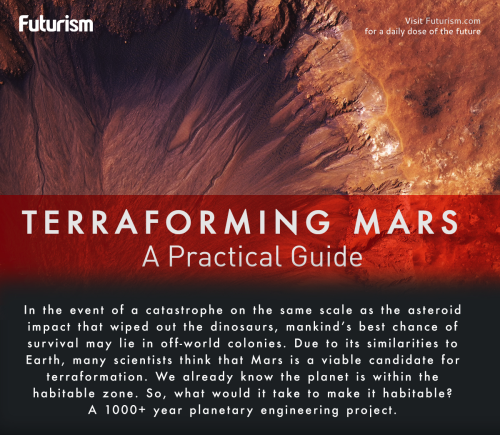
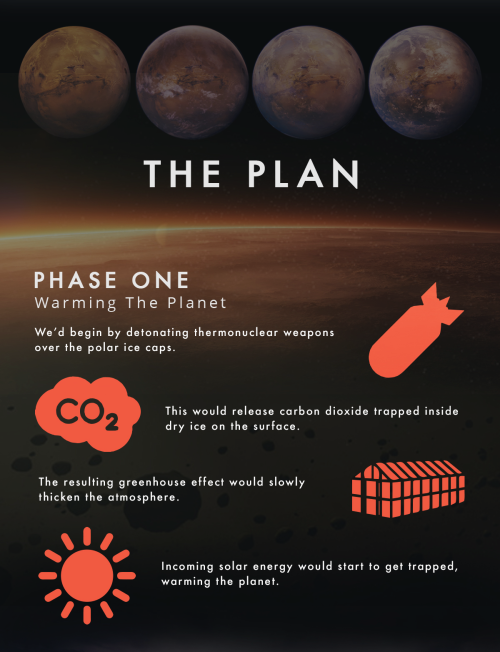

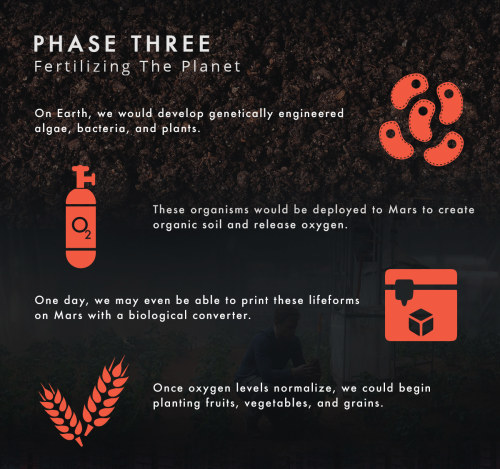
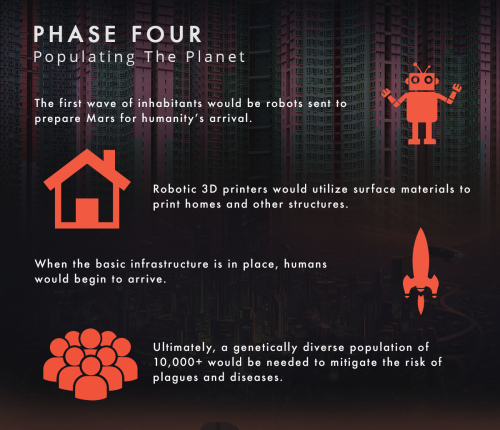
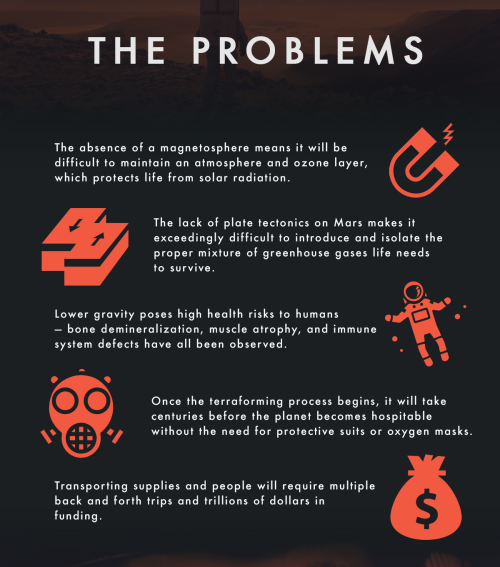
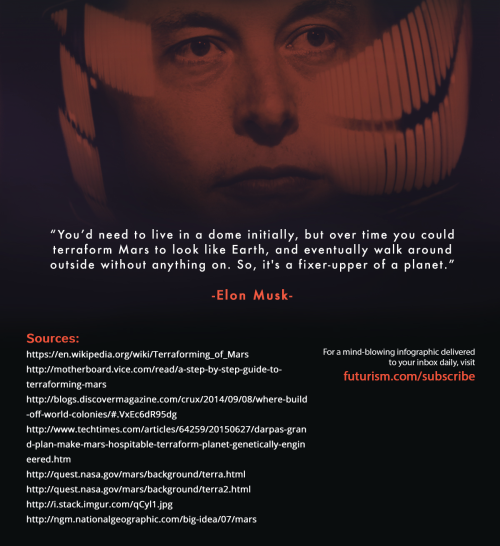
https://futurism.com/images/terraforming-mars-practical-guide
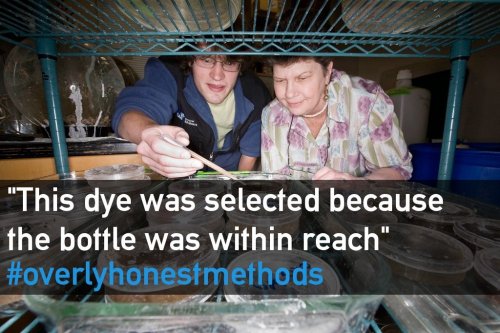
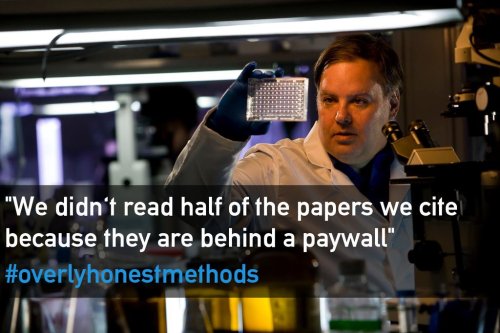
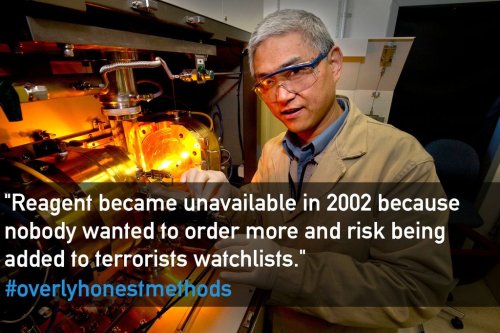
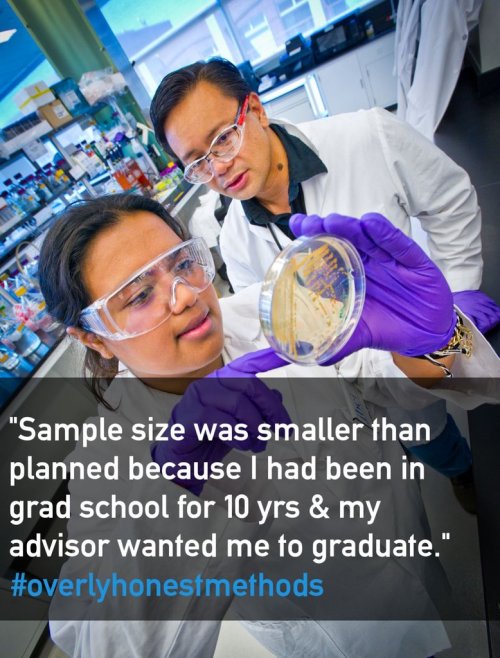
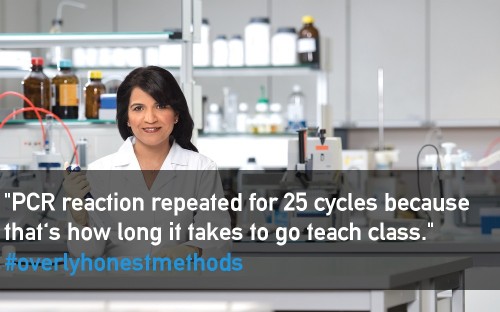


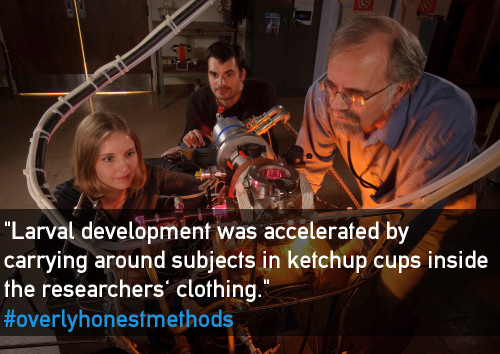
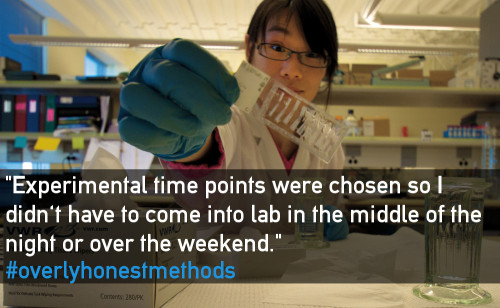
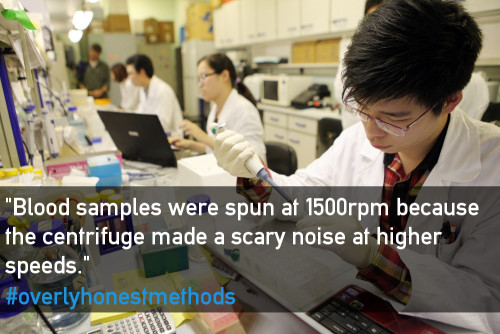
When scientists get too honest
> I would love to see more science posts on Tumblr. I particularly liked, “The postdoc who did all the work has since left to start a bakery.”
The team behind Beauty of Science decided to explore the four seasons in this video combining macro footage of crystal growth, chemical reactions, and fluid dynamics. It’s always a fun game with videos like this to try and guess exactly what makes the mesmerizing patterns we see. Are those blue streaming waves in Spring caused by alcohol shifting the surface tension in a mixture? Are the dots of color welling up in Autumn a lighter fluid bursting up from underneath a denser one? As fun as the visuals are, though, what really made this video stand out for me was its excellent use of “The Blue Danube” to tie everything together. Check it out and don’t forget the audio! (Video credit: Beauty of Science; via Gizmodo)





Happy Valentine’s day!
From Pluto, with love!
http://www.space.com/35262-pluto-heart-photos-nasa-gallery.html









Seven planets, including three habitable ones, found around ultra-cool dwarf star
“Unlike the worlds in our Solar System, each one should be tidally locked to the parent star, meaning that the same side always sees “day” while the opposite side resides in eternal night. Yet life on Earth began in the oceans, and of these seven worlds, the fourth, fifth and sixth might all have conditions to support liquid oceans or lakes – if the atmosphere is favorable – bathed in eternal sunlight.”
What is it that makes our Solar System special? It’s Earth, of course. A rocky planet of the right mass and composition, the right distance from our Sun, the right atmosphere, the surface oceans, and all the life that’s ensued is what makes us special. Not just special, but unique, at least among the planets we’ve found so far. But there are other planetary systems out there with Earth-like worlds. Similar to Earth in mass, size, temperature and many other conditions, these might represent planets where life similar to what we find here arose. For the first time, we’ve found a planetary system with not just one Earth-like, potentially habitable world, but three!
Come meet the worlds around the ultra-cool star TRAPPIST-1, and learn what the prospects are for these worlds being truly Earth-like.


Researchers at King’s College London found that the drug Tideglusib stimulates the stem cells contained in the pulp of teeth so that they generate new dentine – the mineralised material under the enamel.
Teeth already have the capability of regenerating dentine if the pulp inside the tooth becomes exposed through a trauma or infection, but can only naturally make a very thin layer, and not enough to fill the deep cavities caused by tooth decay.
But Tideglusib switches off an enzyme called GSK-3 which prevents dentine from carrying on forming.
Scientists showed it is possible to soak a small biodegradable sponge with the drug and insert it into a cavity, where it triggers the growth of dentine and repairs the damage within six weeks.
The tiny sponges are made out of collagen so they melt away over time, leaving only the repaired tooth.
-
 annacatarinaa-blog liked this · 7 years ago
annacatarinaa-blog liked this · 7 years ago -
 cjprinter liked this · 8 years ago
cjprinter liked this · 8 years ago -
 pelirroja-peligrosa liked this · 8 years ago
pelirroja-peligrosa liked this · 8 years ago -
 ludio reblogged this · 8 years ago
ludio reblogged this · 8 years ago -
 ludio liked this · 8 years ago
ludio liked this · 8 years ago -
 mandrakebrew reblogged this · 8 years ago
mandrakebrew reblogged this · 8 years ago -
 belgaer liked this · 8 years ago
belgaer liked this · 8 years ago -
 drunkscience4u reblogged this · 8 years ago
drunkscience4u reblogged this · 8 years ago -
 woolies8 liked this · 8 years ago
woolies8 liked this · 8 years ago -
 fgulla liked this · 8 years ago
fgulla liked this · 8 years ago -
 brokenbonezz reblogged this · 8 years ago
brokenbonezz reblogged this · 8 years ago -
 brokenbonezz liked this · 8 years ago
brokenbonezz liked this · 8 years ago -
 kirji liked this · 8 years ago
kirji liked this · 8 years ago -
 jahgoinkstrunk reblogged this · 8 years ago
jahgoinkstrunk reblogged this · 8 years ago -
 marbleunderthefridge liked this · 8 years ago
marbleunderthefridge liked this · 8 years ago -
 c-g-ricks liked this · 8 years ago
c-g-ricks liked this · 8 years ago -
 toxxicognaths reblogged this · 8 years ago
toxxicognaths reblogged this · 8 years ago -
 or29l liked this · 8 years ago
or29l liked this · 8 years ago -
 zelmandex liked this · 8 years ago
zelmandex liked this · 8 years ago -
 photographerh liked this · 8 years ago
photographerh liked this · 8 years ago -
 gentleman-bayleef reblogged this · 8 years ago
gentleman-bayleef reblogged this · 8 years ago -
 hourortwo reblogged this · 8 years ago
hourortwo reblogged this · 8 years ago -
 beelzepuppy reblogged this · 8 years ago
beelzepuppy reblogged this · 8 years ago -
 visforvore liked this · 8 years ago
visforvore liked this · 8 years ago -
 87174938747283748291938393847392 liked this · 8 years ago
87174938747283748291938393847392 liked this · 8 years ago -
 soft-heathen reblogged this · 8 years ago
soft-heathen reblogged this · 8 years ago -
 the-game-is-lokid reblogged this · 8 years ago
the-game-is-lokid reblogged this · 8 years ago -
 the-game-is-lokid liked this · 8 years ago
the-game-is-lokid liked this · 8 years ago -
 karnilla74 reblogged this · 8 years ago
karnilla74 reblogged this · 8 years ago -
 bonethieves liked this · 8 years ago
bonethieves liked this · 8 years ago -
 queer-dragoncat-spacewitch reblogged this · 8 years ago
queer-dragoncat-spacewitch reblogged this · 8 years ago -
 neonnautilus liked this · 8 years ago
neonnautilus liked this · 8 years ago -
 forgotn1 reblogged this · 8 years ago
forgotn1 reblogged this · 8 years ago
The official page of Drunk Science! An enthusiastic host performs simple experiments and then humorously explains the science behind the result, all while visibly drunk.
126 posts
